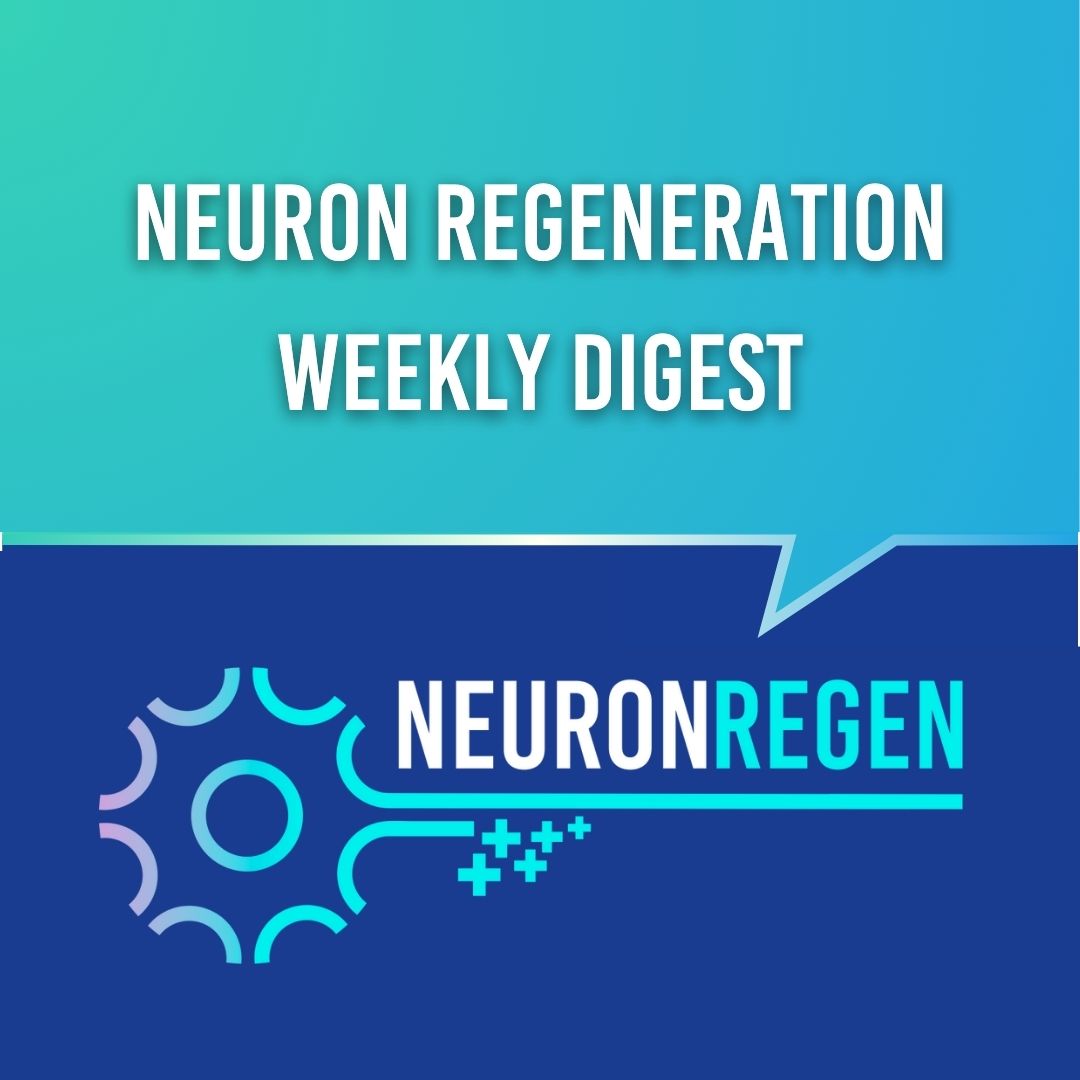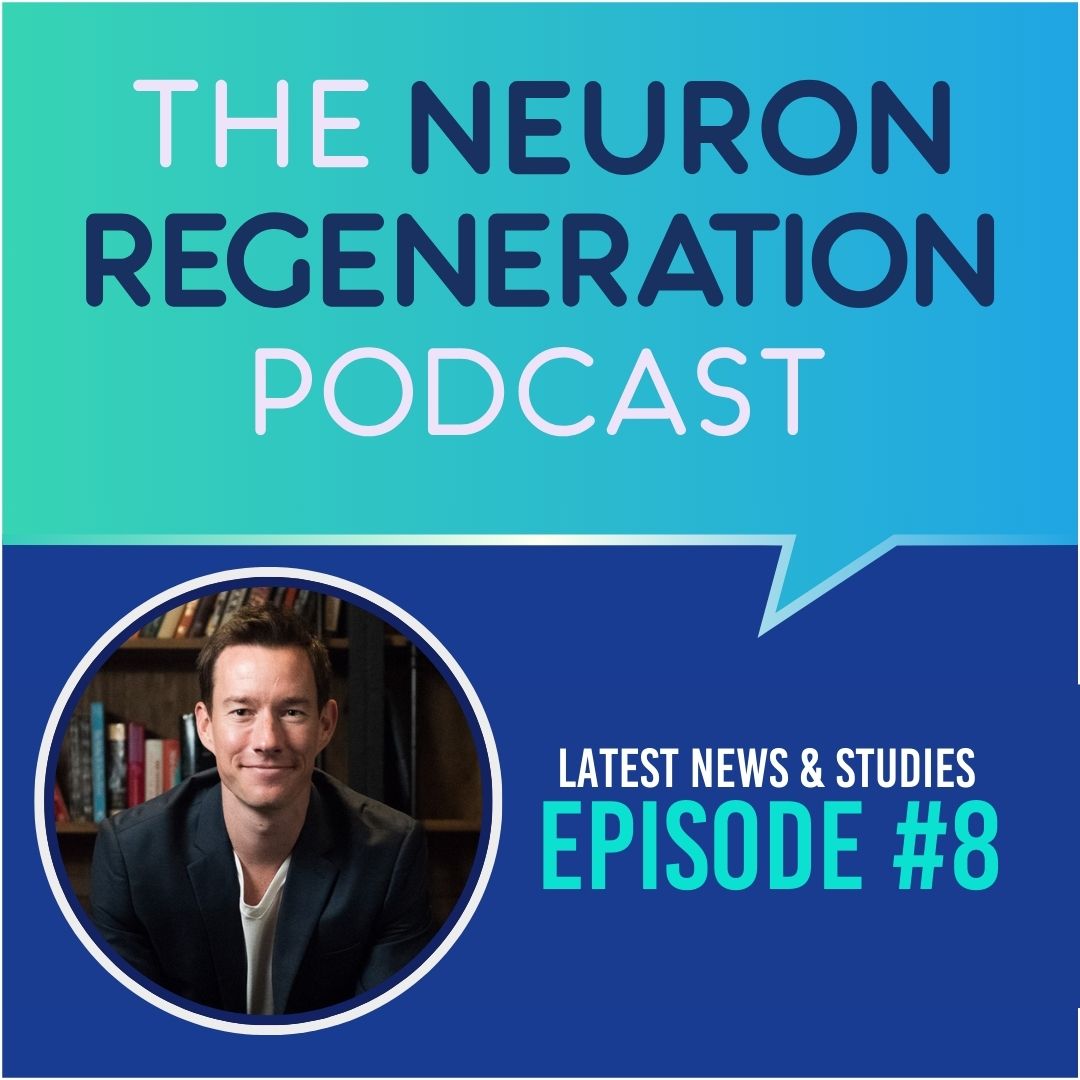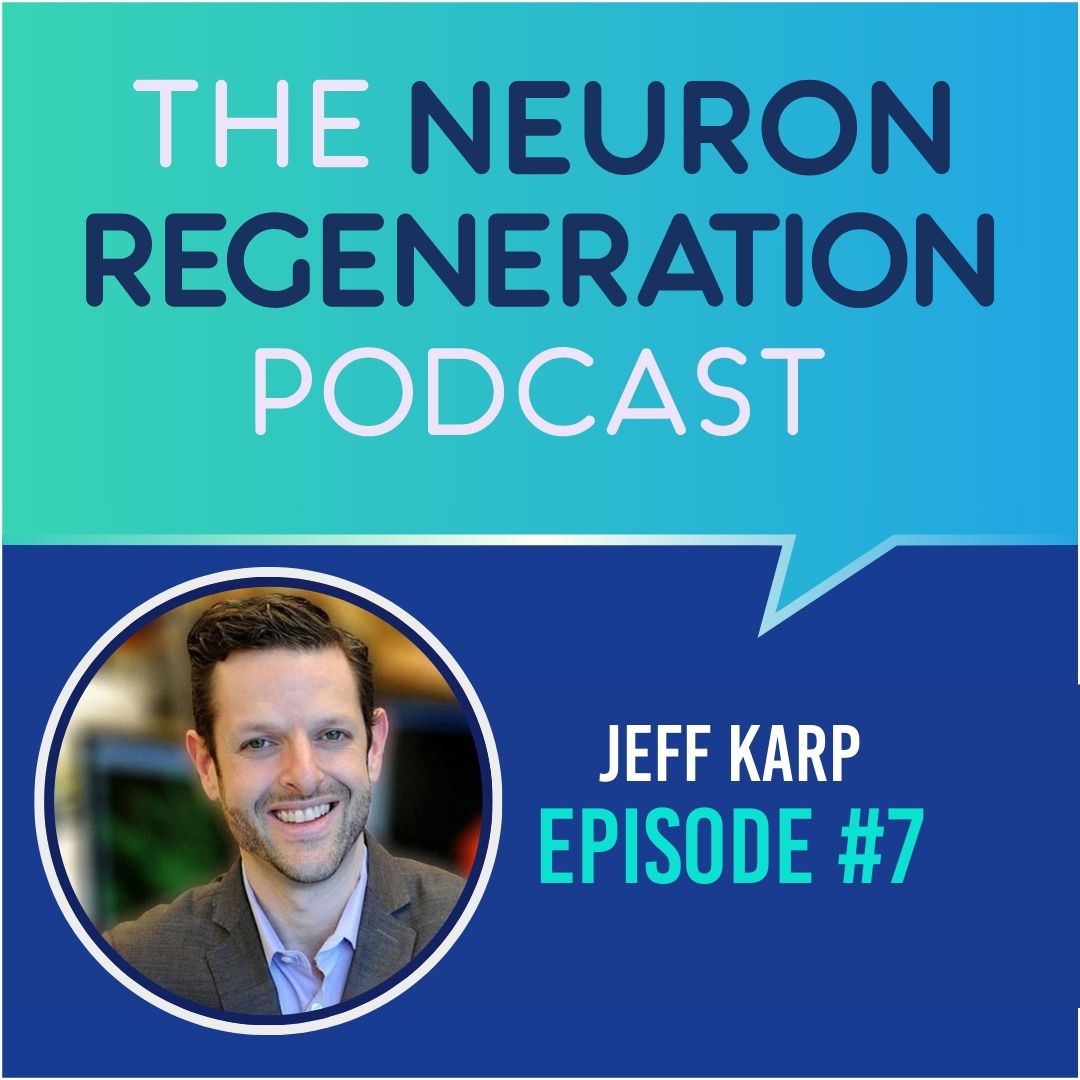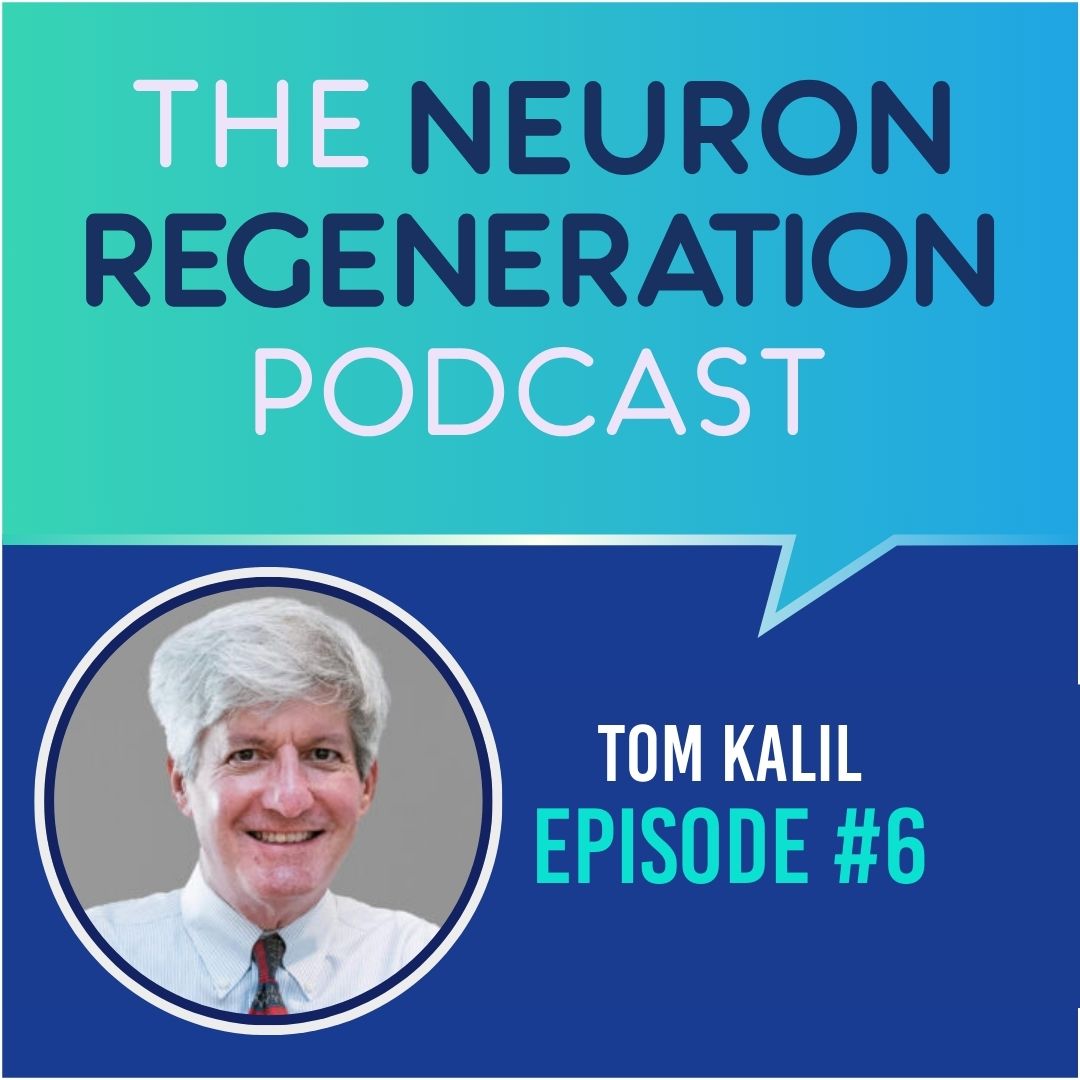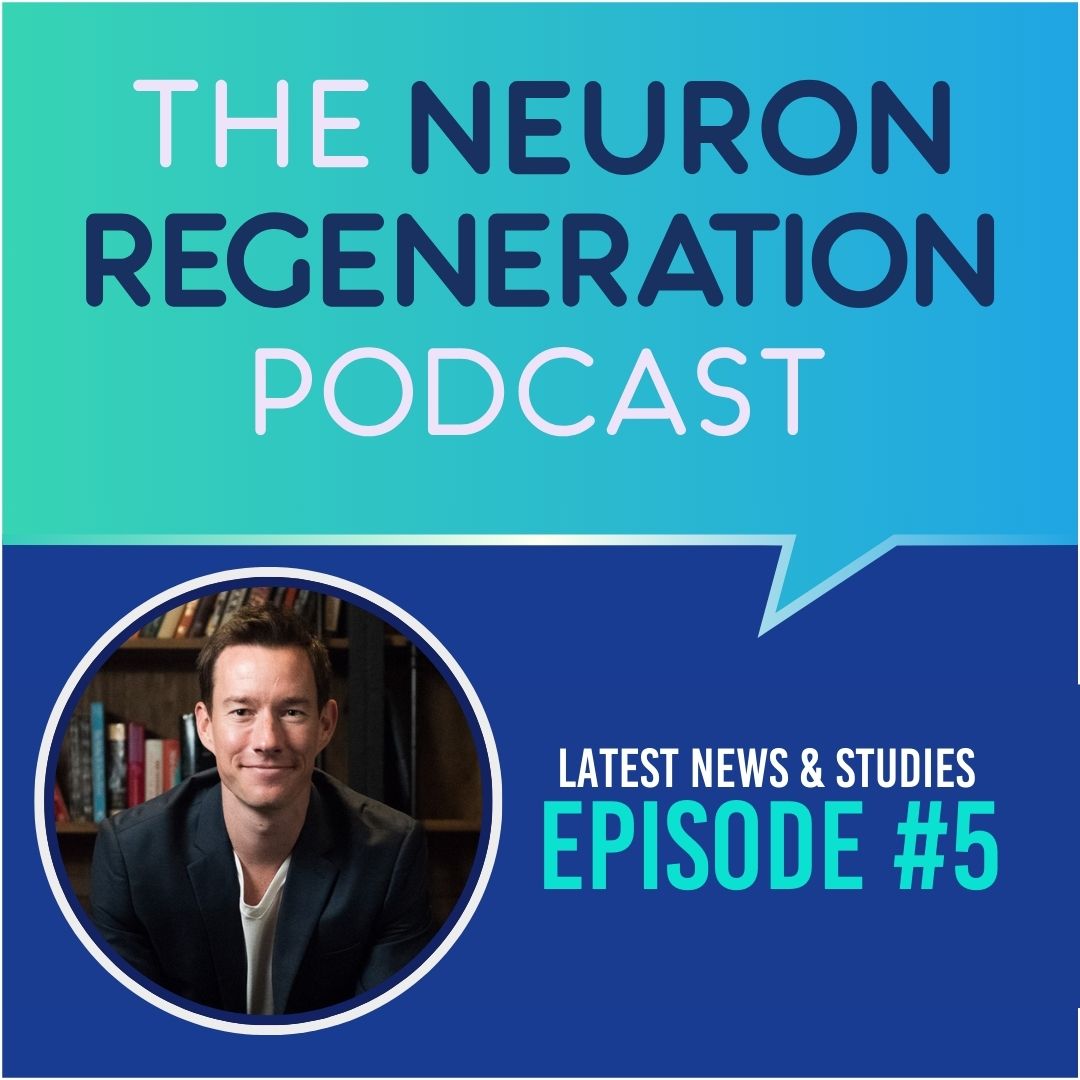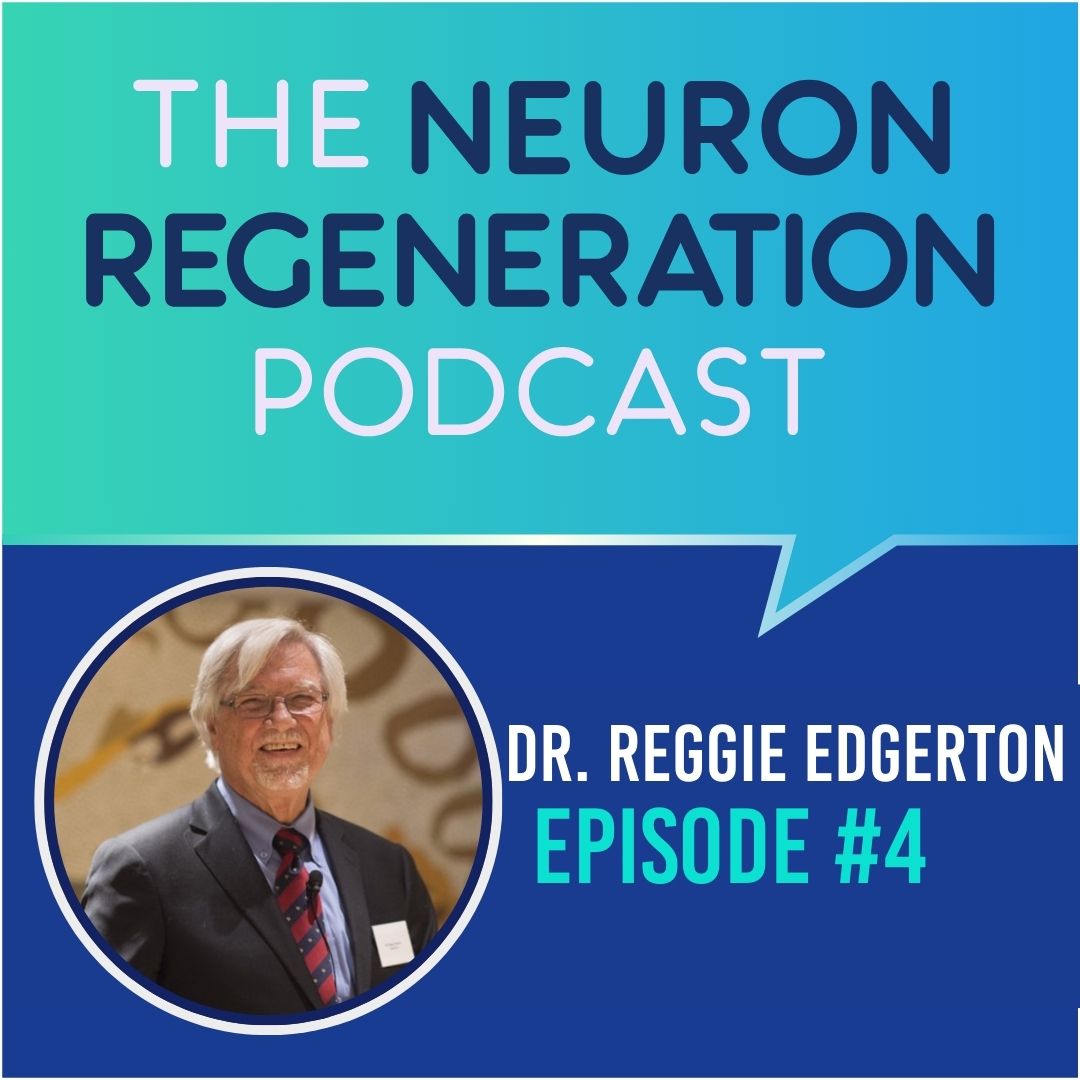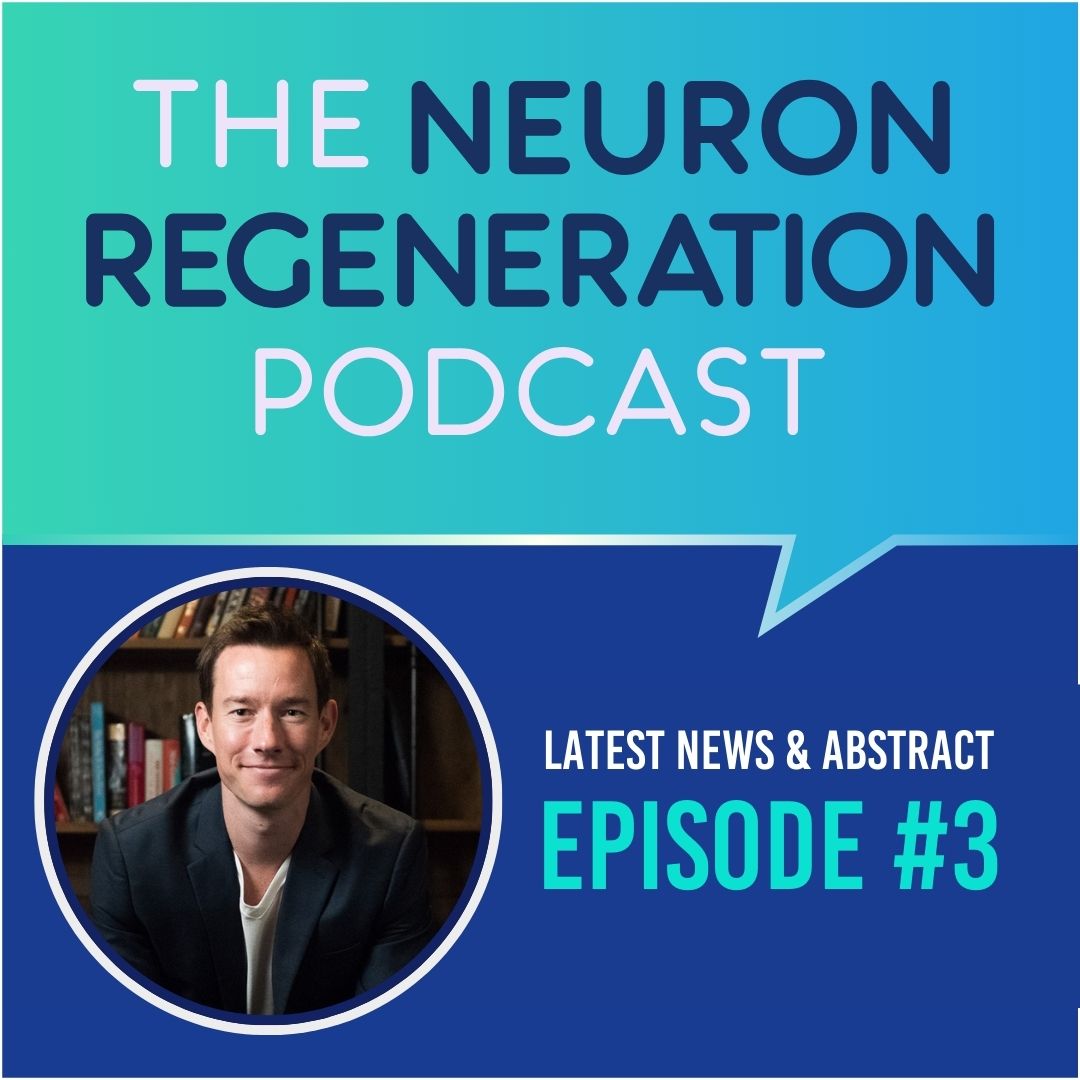The nervous system’s remarkable capacity for regeneration is matched only by the complexity of the challenges it faces when damaged. Spinal cord injuries, neurodegenerative diseases, and nerve repair remain at the forefront of scientific exploration, with researchers seeking innovative approaches to overcome these hurdles. Recent studies have unveiled groundbreaking insights into the mechanisms of neural repair, from reshaping the injury microenvironment to directing neuronal growth with precision.
The following research delves into novel strategies harnessing stem cells, extracellular vesicles, and magnetic forces to revolutionize our understanding of neural regeneration and open doors to transformative therapeutic possibilities:
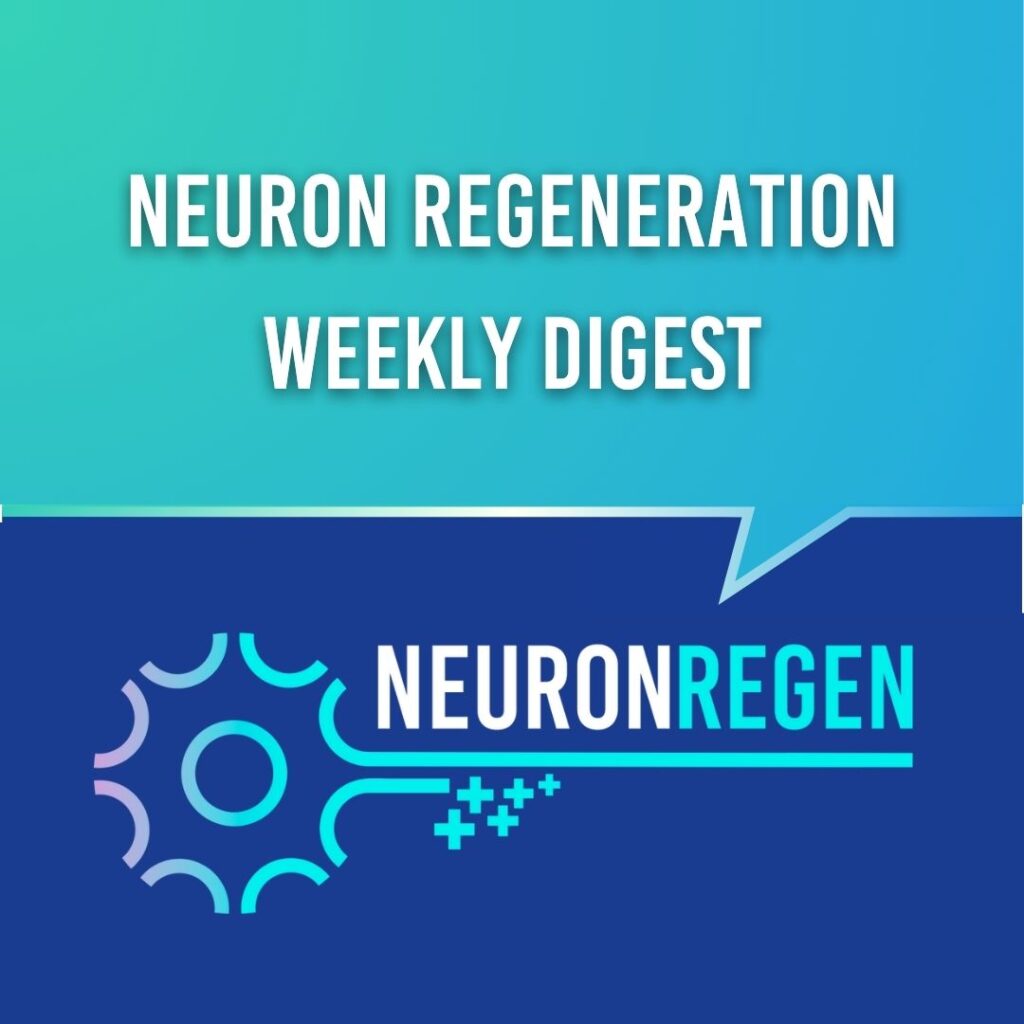
1.Revisiting the unobtrusive role of exogenous stem cells beyond neural circuits replacement in spinal cord injury repair
New research challenges traditional views on stem cell therapy for spinal cord injuries. Findings in large animal models reveal that short-term transplanted stem cells, while not surviving long-term or directly replacing neural circuits, significantly remodel the injury microenvironment. This early intervention reduces inflammation, enhances angiogenesis, and promotes the body’s natural neural regeneration—paving the way for innovative therapies without prolonged immunosuppression.
2. Human endometrial stem cell-derived small extracellular vesicles enhance neurite outgrowth and peripheral nerve regeneration through activating the PI3K/AKT signaling pathway
A recent study in a mouse model of Parkinson’s disease reveals that depleting microglia, the brain’s immune cells, not only reduces neurodegeneration but also reshapes the brain’s extracellular matrix. Using the CSF-1R inhibitor PLX5622, researchers preserved motor function and dopaminergic neurons, offering insights into how targeting microglial activity could be a promising therapeutic strategy.
3. Long-range directional growth of neurites induced by magnetic forces
A groundbreaking study reveals that human dental pulp stem cells (hDPSCs) can improve memory, reduce cognitive deficits, and promote neural regeneration in Alzheimer’s disease. By activating the Wnt/β-catenin pathway, these stem cells show both short- and long-term therapeutic benefits in mouse models, offering hope for innovative, non-invasive treatments for neurodegenerative disorders.
If you’d like to stay informed of the latest publications and breakthroughs in neuron regeneration, join our email newsletter to the right (or below on mobile). We send out weekly updates with the latest papers and studies, as well as podcast episodes with the people driving Neuroregenerative breakthroughs.

